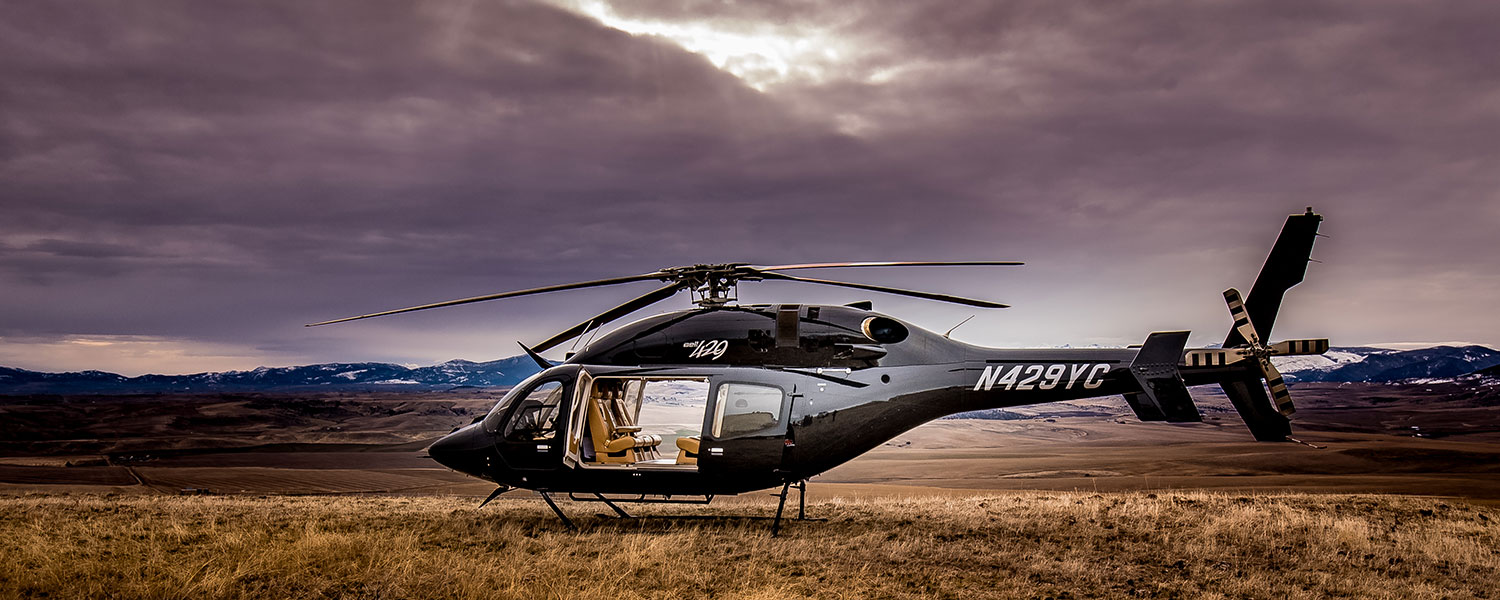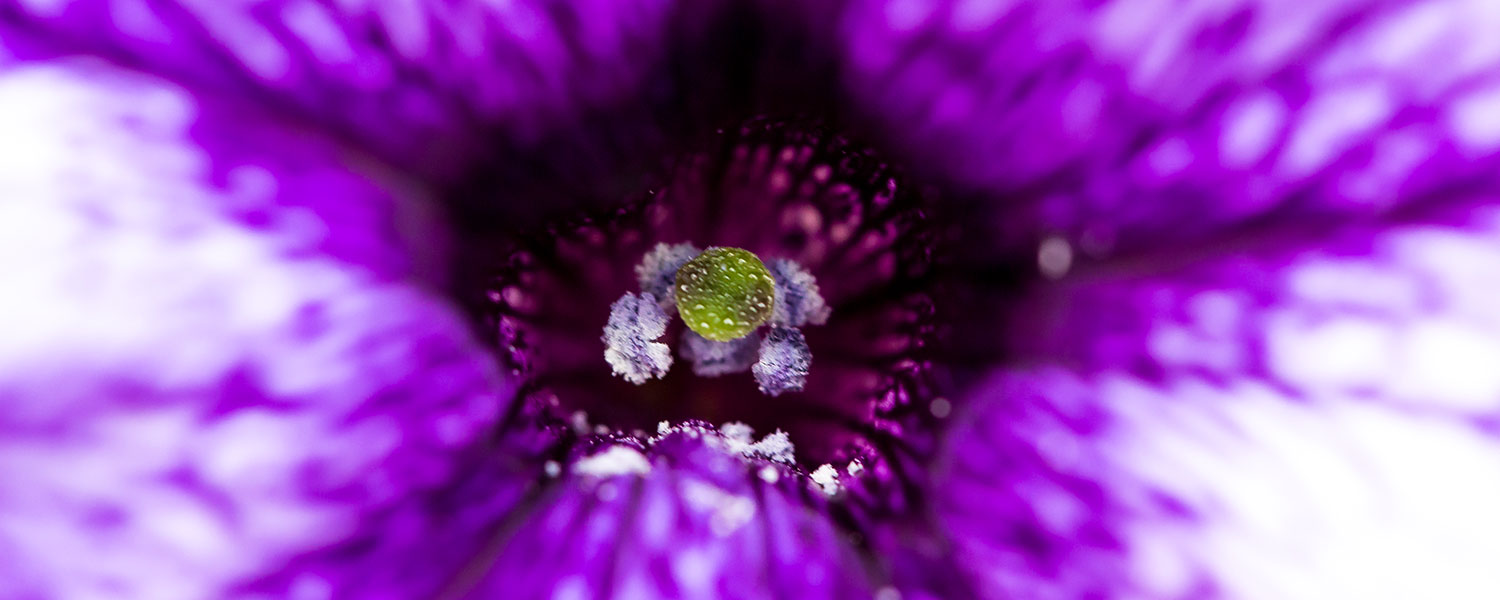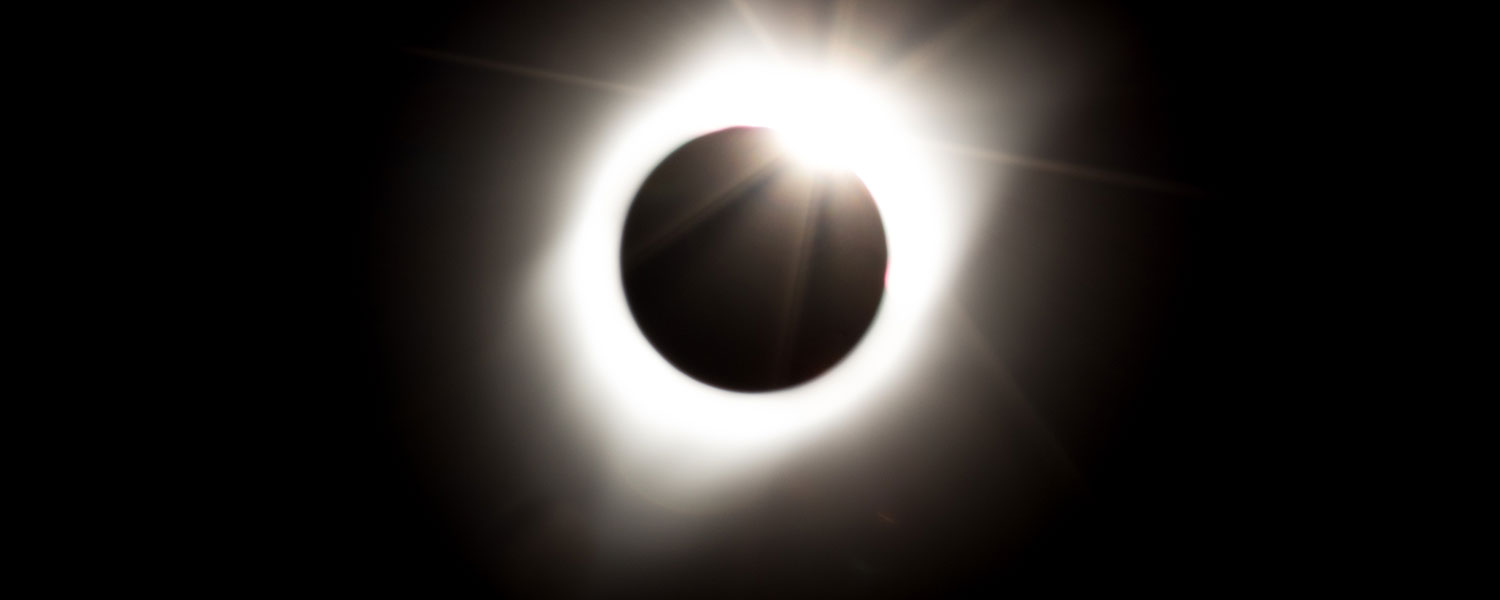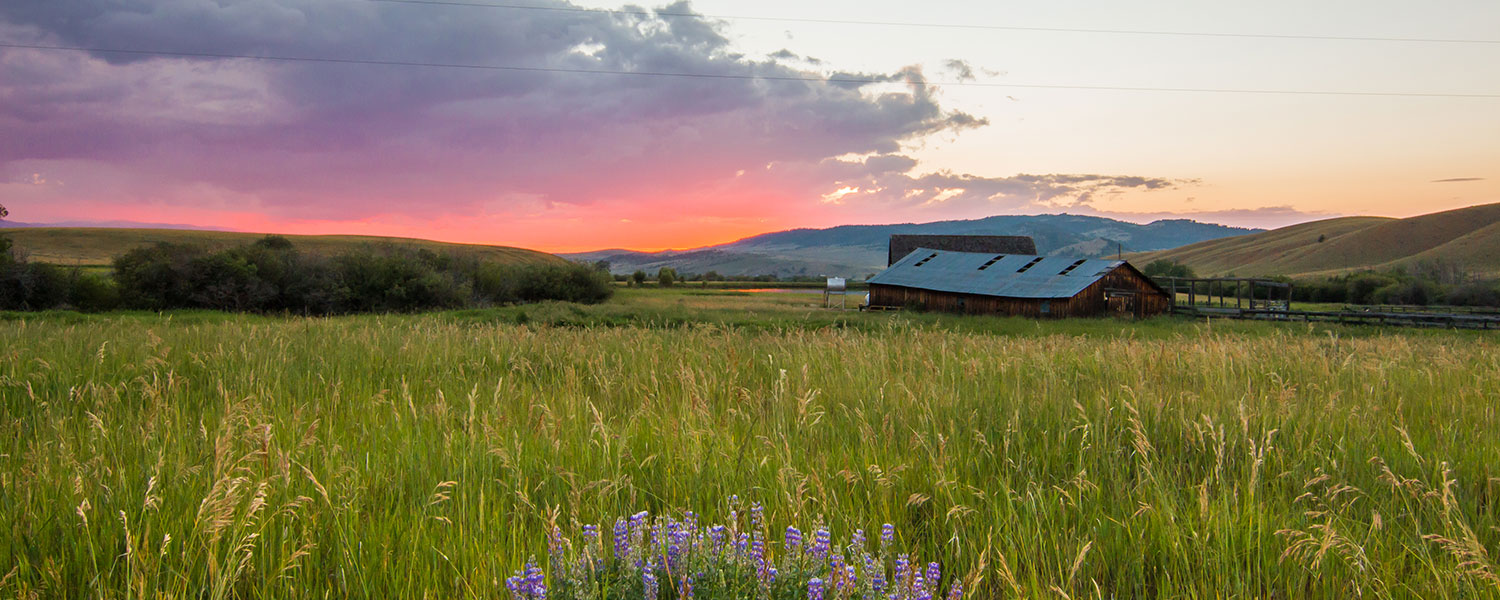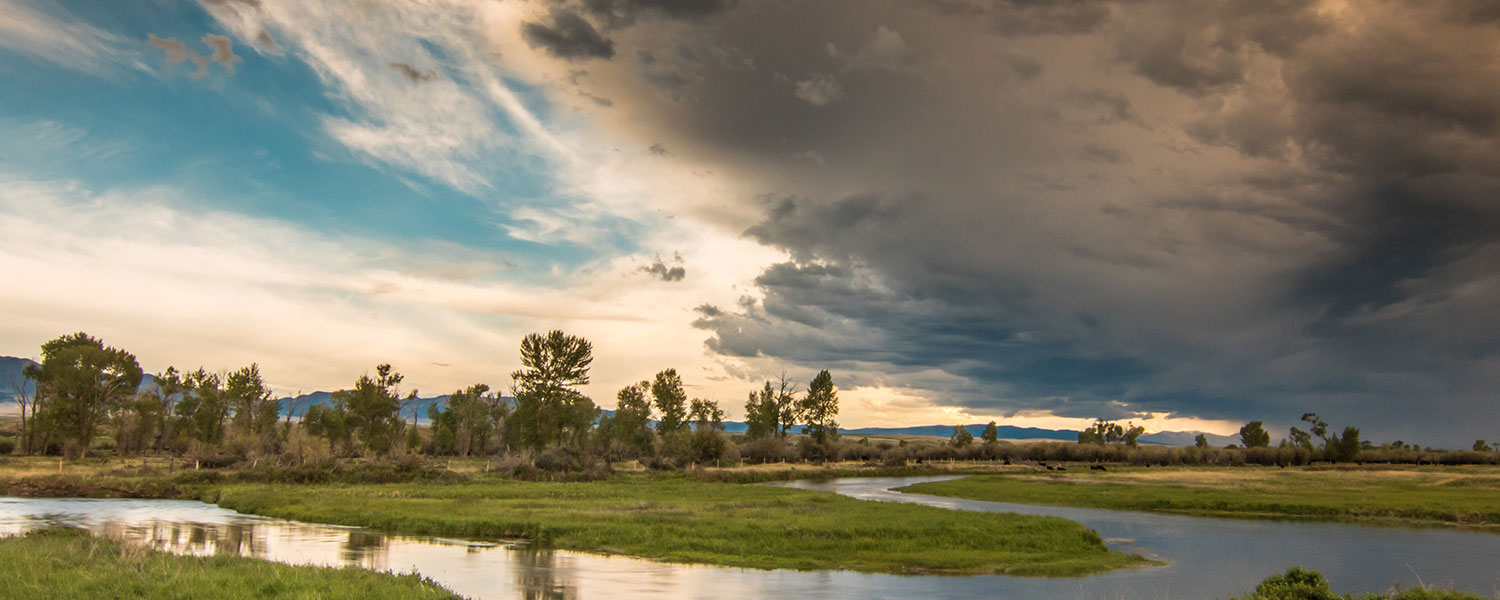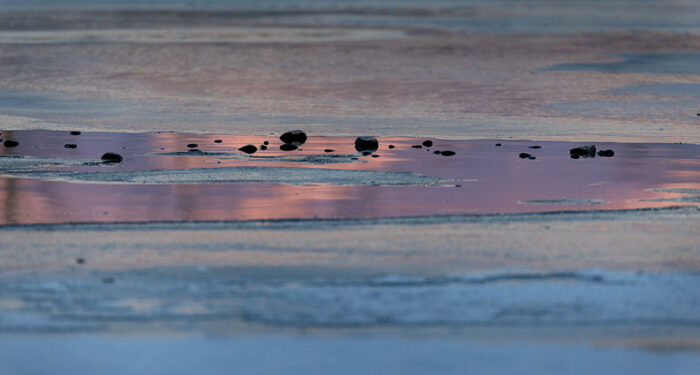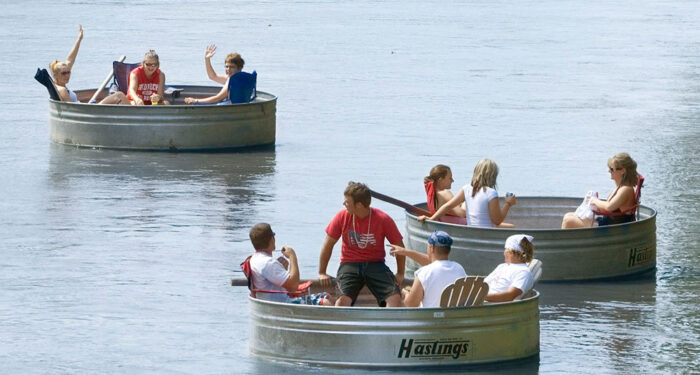“Shoot” the Landscape

What entails a great photography shoot?
- Quality Subject Matter
- Saturated Light
- Quality Wide-Angle Lens High-Res Body
- Sturdy Tripod
- And most importantly, some Luck!
How to get from Photo One to Photo Two?
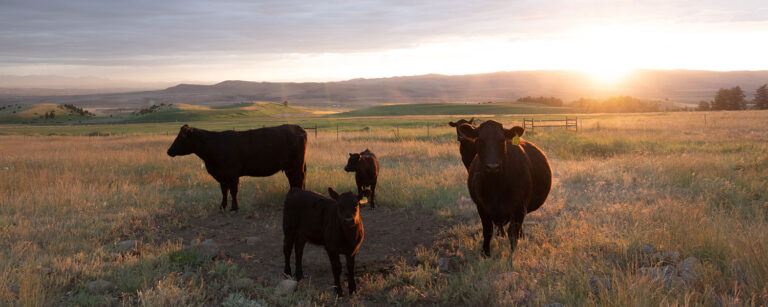
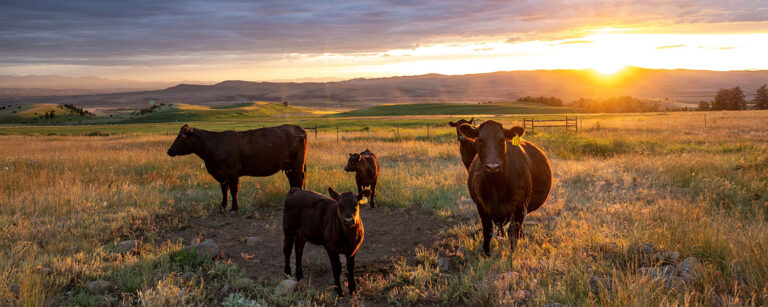
The Necessities
A Quality Lens
Canon L Series or RF Series in a 16-35
A general rule of thumb: shutter times less than 1/160th of a second should be on a tripod
Smart tip: use the delayed timer set at 2 seconds to avoid camera movement
Filter, Filter, Filter! A polarizer for skies, clouds, and rainbows. Try neutral density for mid-day light to blur moving water.
Camera Settings
Aim to learn how to shoot in full manual for the best results. Semi-manual settings such as Time Value (TV), Aperture Value (AV), etc. will still result in good photography
F-Stop is a lens diameter control influencing the depth of field by how much light enters the camera
i.e. Aperture setting at 1.8 is best used to bring sharp focus on a single object such as a flower while blurring the background (bokeh)
Landscape shot – utilize the mid-range settings from f-8 to f-16 on a tripod, for free-wheeling hand-held, utilize the lower range of settings
Composition
Long vistas can get boring quickly without interesting foreground, look for flowers, wildlife, quaint cabins, humans – they’ll all add depth
Rise Early and Embrace Dusk – the warmest light saturation is most often best when the sun is low, coincidentally, this is also the best time to see wildlife
Aim for days which include big fluffy white clouds, avoiding total overcast and cloudless flat skies
Pro tip: Plan to shoot on days when the forecast calls for precipitation. When you get lucky, the skies break and illuminate the cloud underbelly
“You can’t shoot rainbows on sunny days.” ~Craig Hergert
Don’t miss out and skip editing your photos. One sure way to discover how to take the best images is by editing them. Incredible tools and technology exist in programs like Lightroom and Photoshop. Lightroom allows an editor to isolate skies and balance the light as well as filter clouds to give them “pop.”
Pro tip: Shoot multiple shots which in addition to the more advanced photo stacking, you can play with adjustments to find the right light balance. It is very difficult to bring extreme light out of an image but it is possible to bring shadows or darker images up to create a balanced image.
Practice shooting 2-4 stops down in shutter speed (one reason for shooting in manual mode). Take multiple shots of the same subject at different stops to see what produces the best image. Practice the same with your aperture.
Spend enough time outdoors, shooting and creatively trying new techniques and editing, and your eye will naturally draw towards subject matter with interesting surroundings. Best of all, you’ll see light and nature at the best time of day.
~Courtesy of Tim Murphy
